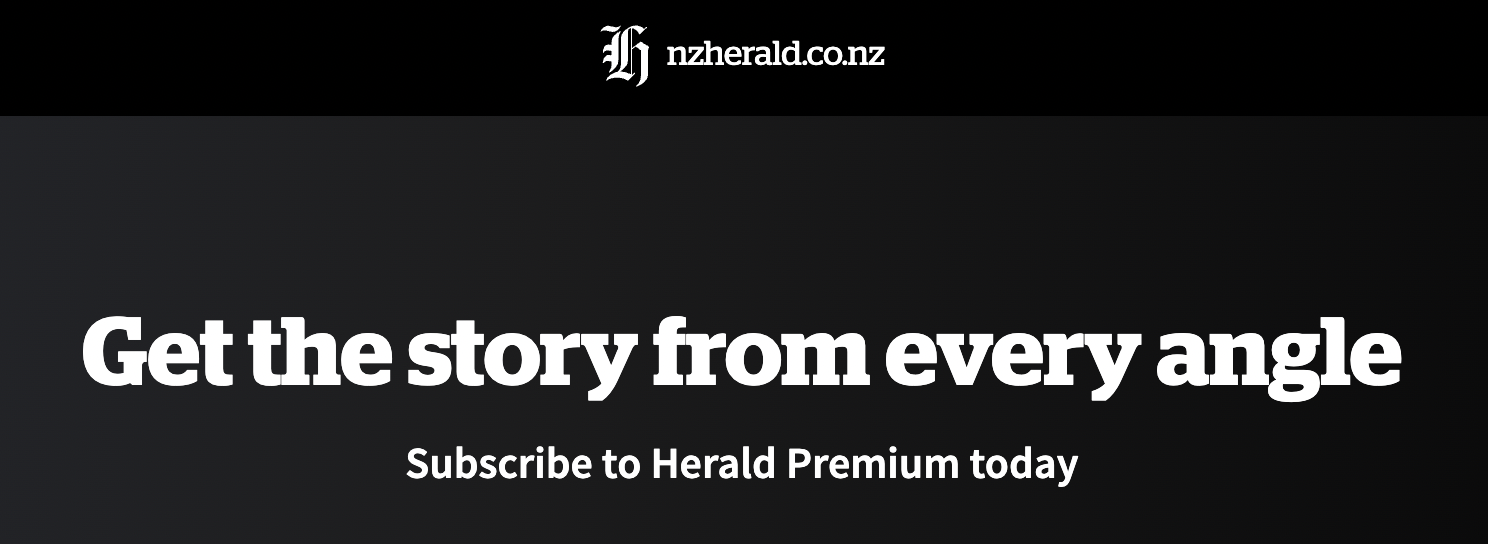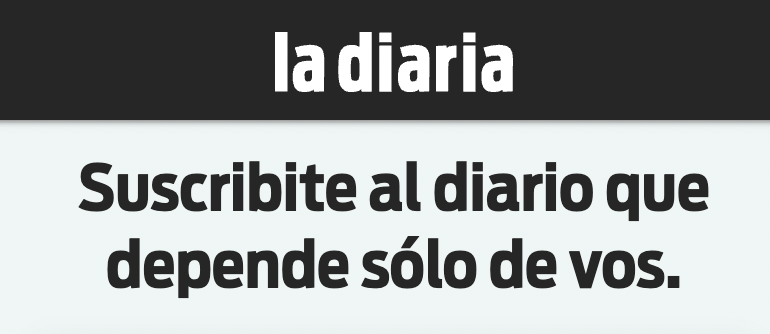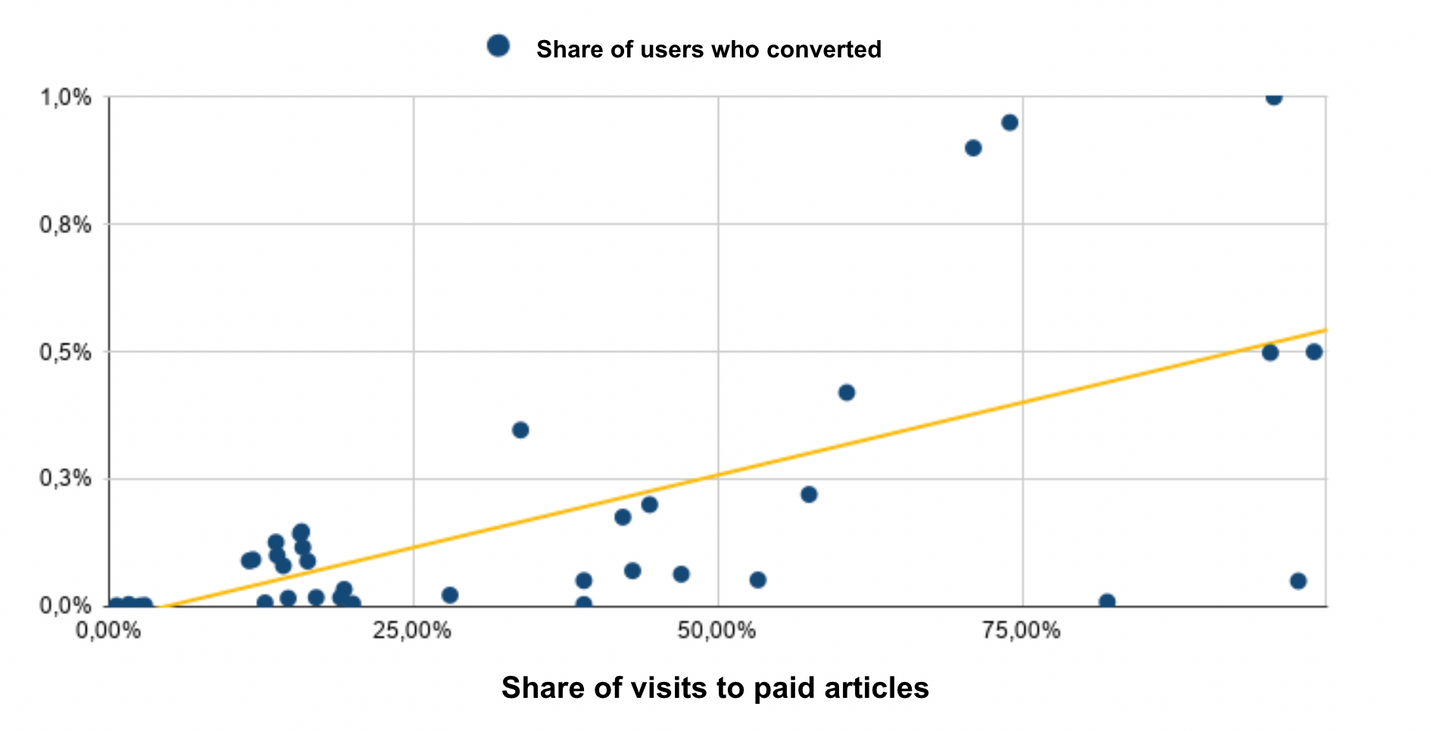2023 is a year where success will all come down to the bottom line. Ad revenues and subscription rates are under pressure as the economy teeters on the brink of a recession. Publishers are impacted by revenue decisions forcing corporate reorganizations and the scaling back of available resources. So, where should a publisher focus its efforts this year?
Insight
Mather Economics has worked with its clients to address an interesting question: “What amount of resources should be invested to move readers from anonymous users to known users”? Arvid Tchivzhel, Managing Director, and Matt Lindsay, President of Mather Economics, believe the answer to this question “depends on the lifetime value of a subscriber, the amount of digital advertising revenue at risk, and the incremental lift in subscriptions from knowing the reader relative to an unknown user.”
Ken Harding and Justin Eisenband of FTI Consulting provided INMA with fascinating financial insight. Their research determined that “most publishers with at least average retention and monthly average revenue per user (ARPU) of US$10+ can generate a long term value (LTV) of between US$175 and US$225”. These ARPU numbers aren’t far off those provided by The Wall Street Journal, which recently released its ARPU at US $8.90.
While ARPU has several sources, a large portion of that revenue comes from subscriptions. Piano has analyzed subscription numbers to determine their origin. They discovered that “while the conversion rate for anonymous visitors is just 0.22%, conversion rises to 9.88%” for registered users – dramatically increasing by forty-five times! Publishers’ focus must be converting that anonymous reader into a registered user.
Viafoura recently analyzed its last two years of anonymized data to determine what type of reader would best drive revenue for publishers. We found that readers who engaged with a Viafoura solution have a fifty-one times higher propensity to register with that publisher. However, the story doesn’t end with the registration. We also determined that an engaged, registered user is much more valuable than a passive one. An engaged, registered reader spends almost 30% more time on site during each visit and consumes nearly 20% more page views – thereby increasing ad and subscription revenue.


Conversion tactics
So how does one drive that fly-by reader into an engaged, registered reader? By making them aware of your vibrant, civil community and ensuring their experience is so personalized that they remain loyal to your site with the ultimate engagement trifecta..
Optimizations: “Un-gate” comments
We’ve seen publishers un-gate or display comments and community engagement on their paywall pages and have a significant impact on their revenue and conversions:
Ad impact
One of our customers experienced the following up-lift to their ads:

Subscription impact
Another customer that recently un-gated the comments from their paywall, meaning that readers could see the comments but not the article without subscribing, and saw community led subscriptions climb 500%.
Editorial engagement with mid-article units
We’ve also seen publishers insert a mid-article unit designed to drive awareness of their community. Some use polls, while others use a featured or editor’s pick comment to pique the reader’s curiosity and have them engage with the community. This accelerated the publisher’s monthly funnel and saw a 0.7% increase in active engaged users, a 0.4% lift in registered users, and a dramatic 4.3% lift in user generated content contributors.
Increasing discoverability
Other publishers have increased discoverability with the use of a Notification Bell. This easy implementation has grown community engagement driving one customer to see the volume of comments increase by 58%, comments per article increase by 17%, likes and dislikes on comments increase by 58 %, replies to comments increase by 77% and clicks on the more active conversations increase by 30%.
2023 revenue drive
This year, publishers should focus on solutions that drive readers to register and engage with their brand. Over the past three years, those users are four times more loyal to a publisher than the overall reader population and view significantly more pages.

Maximizing engagement and registrations will ultimately drive revenue from both subscriptions and ads.
Want to read more? Download our whitepaper, which provides more detail on data points, benchmarking, and driving revenue.
































